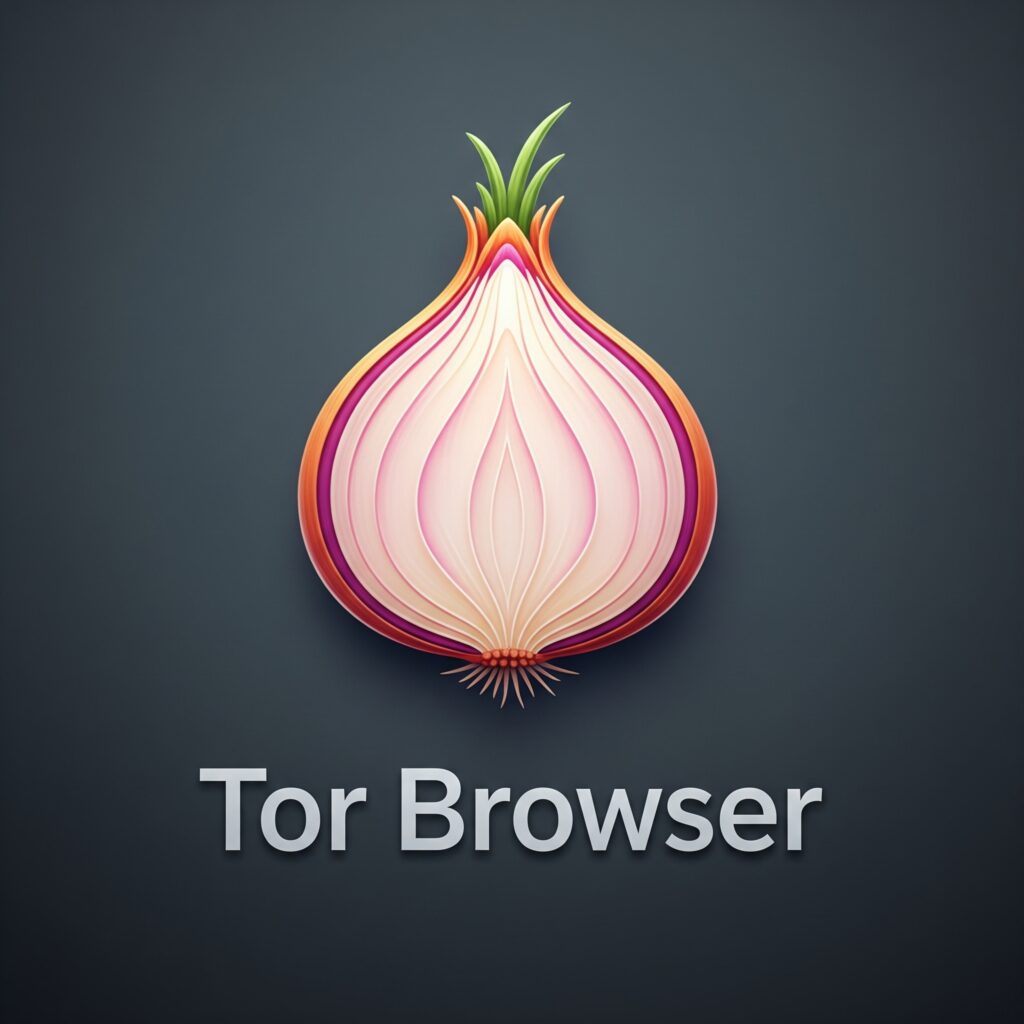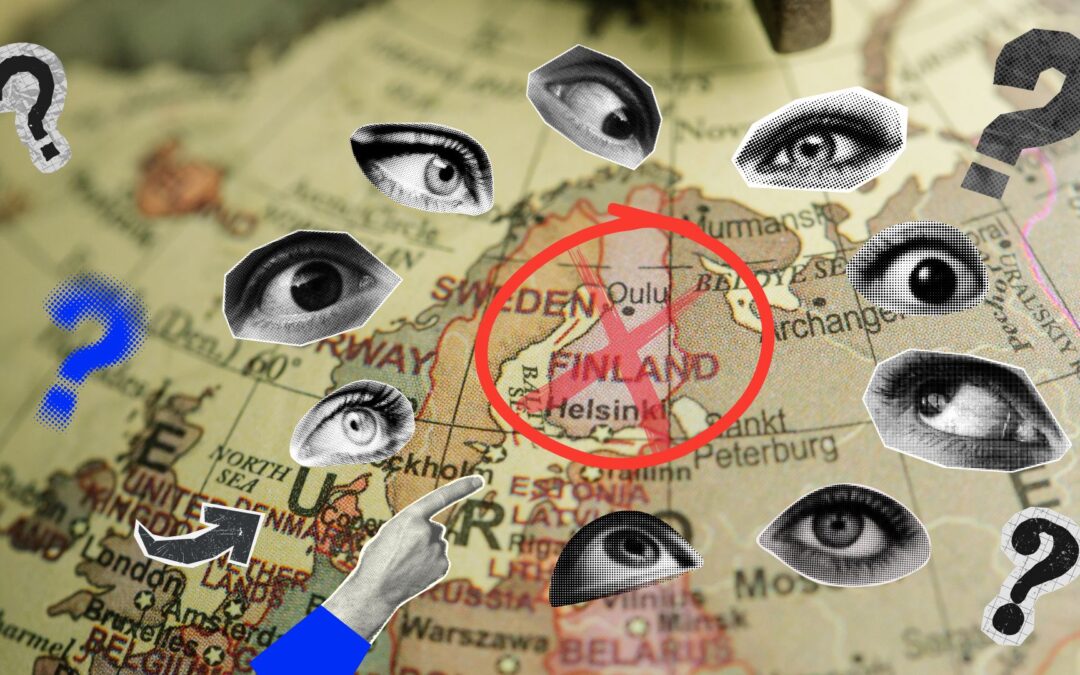The internet’s potential is endless, but hidden behind encrypted forums and forbidden browsers lies the sinister underbelly of the web. Some say it’s home to secret markets, illegal cults and endless ethical grey areas – others are simply driven by curiosity and intrigue. What we do know is that it’s not inherently illegal, but it fuels endless speculation about what really happens there, and how much of it is just conspiracy-driven word of mouth.
Welcome to the backrooms of Google.
So, what actually is it? The dark web is a decentralised section of the internet full of sites that don’t use standard URLs, and therefore aren’t visible to search engines. It requires the use of an anonymising browser to be able to access it, such as Tor (short for ‘The Onion Browser’.)

Tor is the most popular free and open-source browser used to access the dark web, and works by bouncing your connection through various nodes to conceal your location and IP. It can be downloaded just like a normal web browser, except it has the ability to access sites not visible to Google, allowing for free use of many sites including the dark web.
Eileen Ormsby, a Melbourne-based freelance writer, true crime author and investigative journalist knows the dark web better than most people. Her work on Silk Road and The Darkest Web has cemented her as a leading voice on the ciphered corners of the internet. “The thing I see constantly is people asking on Reddit or other social media where they can find ‘secret files’, as though there is some repository of all the documents that have fuelled conspiracies over the years”, Eileen says.
“Generally speaking nowadays, the dark web has three main userbases – drug buyers and sellers, markets for stolen identities/credit cards/personal and financial information, and child sexual abuse material.
“There are no files or documents on the dark web that can’t be found on the Clear Web. People always want to believe in monsters and red rooms.”
One major theory about the dark web, is that there are supposed red rooms available to access there, depicting violent live streams of torture and/or murder. Despite mainly being dismissed as fear-fuelled stories and having no solid evidence to prove their existence, to consider the legitimacy of red rooms is still utterly chilling. Since legends of red rooms began cropping up in the early 2000s, security experts have debunked speculation by commenting on the slow network speed of Tor, meaning it would be extremely difficult to maintain a stable video feed to live stream these horrific acts. Regardless of whether this is fiction or truth, it has had a serious cultural impact, reinforcing how the dark web is the perfect breeding ground for conspiracy culture to thrive.
Another conspiracy tied to the dark web is the harrowing possibility of organ trafficking. It has been led to believe that the dark web has evolved into a digital marketplace for human organs, tapping into worries surrounding black market trading and inevitably huge ethical qualms. There is no credible evidence to suggest that organ trafficking actually happens via the dark web, however, it definitely does exist in places such as Asia and Africa, where there have been confirmed documented cases. Not only does this highlight how the aura of mystery that surrounds the dark web can elicit conspiracies that would otherwise be unthinkable, but it also showcases how tragic, real-world exploitation can be twisted into secretive word of mouth.
Gene Fildes, 20, from Manchester, has always been interested in the dark web, a fascination that began in his early teenage years. “Everyone used to go on about it at high school. I never tried to access it, although it was very widely talked about when I was younger.
“Yeah, I heard all about the stories of organ markets and murder-for-hire and all that stuff, but I think people at school definitely exaggerated things to freak us all out.
“I think they tried to play it off and act cool, but when it came down to it, none of them even dared to try and get on it.”
However, despite the nightmare-fuelled rumours about the dark web, it is also widely used as a tool for good. For example, journalists and whistleblowers can make use of the anonymous, secure drop sites that allow for people to share private or sensitive information without the threat of reporters revealing their identities. These sites include SecureDrop and GlobaLeaks, which are extremely useful for reporting illegal activity by allowing reporters to securely obtain documents and sources.
As well as this, people can bypass state surveillance in countries where access to the internet is heavily monitored or censored – Tor and the dark web can be used as a tool to view information freely on blocked websites and therefore evade firewalls.
So, we can conclude that there are many avenues and aspects of the dark web, some good and some bad. It’s surprisingly straightforward to find it, however, while it isn’t against the law to access, it’s what you do there that can get you into trouble. It’s a tool, shaped by who uses it, and how they use it.
Beyond the clicks and curiosity, lies a razor thin line between intrigue and illegality.



